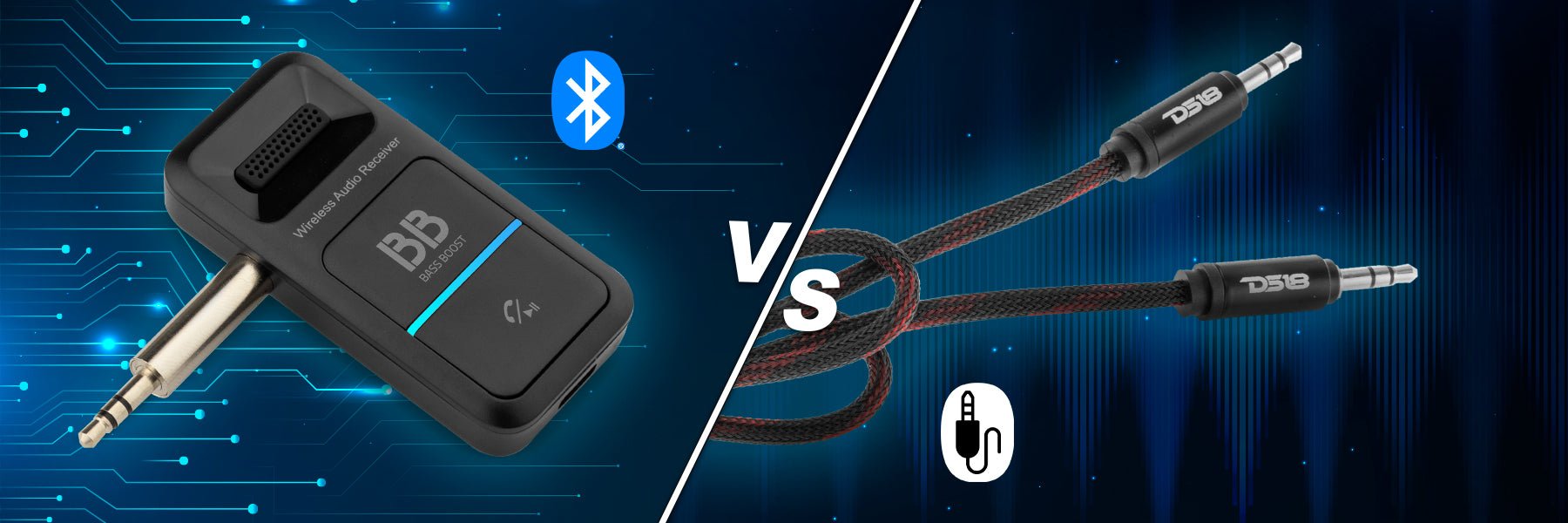When you’re chasing the LOUDEST audio possible, the magnets in your speakers and subwoofers take center stage. Two heavy-hitting magnet materials in pro audio are neodymium magnets and ferrite magnets.

Neodymium magnets are the real deal! These rare earth magnets known for exceptional strength and high-quality performance, thanks to an alloy built from neodymium, iron, and boron, pack a serious punch.
On the other hand, ferrite magnets, made from a combination of iron oxide and a distinctive composition of other elements, are still found in daily use speakers and pro systems across the industry.
Although both magnet types find applications in audio systems of every kind, neodymium magnets have surged in popularity, thanks to their superior performance.
Understanding Magnet Materials for Sound Amplification
To understand why neodymium magnets take the crown when chasing quality, it's important to understand the mechanics of magnets in audio setups. In speakers and subwoofers, magnets are used to create a magnetic field that interacts with the voice coil, causing it to vibrate and produce sound waves. The strength of the magnetic field directly affects the accuracy of your speakers reproduction.
Neodymium magnets have an incredibly high magnetic energy, which allows them to generate a strong magnetic field. This results in better control over the movement of the voice coil, leading to more accurate sound reproduction and improved efficiency. Ferrite magnets, while still effective, have a lower magnetic energy compared to neodymium magnets, resulting in slightly reduced performance.
The Difference Between Neodymium Magnets and Ferrite Magnets
One of the primary differences between neodymium magnets and ferrite magnets is their magnetic strength. Neodymium magnets are significantly stronger than ferrite magnets, allowing them to generate a more powerful magnetic field. This increased magnetic strength translates into louder and clearer sound output from speakers and subwoofers.

Another difference lies in the size and weight of the magnets. Neodymium magnets are much smaller and lighter compared to ferrite magnets with similar magnetic strength. This compact size makes neodymium magnets ideal for portable audio devices and car audio systems where space is limited. Ferrite magnets, on the other hand, are bulkier and heavier, making them more suitable for stationary audio setups.
But hold on, there's more: neodymium magnets offer not just volume but precision. They dance with the voice coil in perfect harmony, providing not only LOUDER but clearer sound reproduction. Ferrite magnets, while no slouches, carry a bit more heft and a touch less finesse, making them better suited for those times when sheer power takes precedence over pure audio perfection.
Neodymium Magnets in Car Audio Systems
Car audio systems often face limitations in space, making neodymium magnets an ideal choice. The compact size and lightweight nature of neodymium magnets allow for more flexibility in designing car speakers and subwoofers without compromising on sound quality. Additionally, the powerful magnetic field of neodymium magnets ensures that even in a noisy car environment, the sound produced remains loud and clear.

For car enthusiasts and audiophiles looking to take their car audio experience to the next level, neodymium speakers offer a significant advantage. The improved efficiency and accuracy provided by these magnets result in more immersive and enjoyable sound reproduction, whether you're cruising down the highway or stuck in traffic.
Choosing the Right Magnet for Your Sound System - Neodymium or Ferrite?
When it comes to choosing the right magnet for your sound system, several factors need to be considered. If you prioritize compact size, lightweight design, and superior sound quality, neodymium magnets are the clear choice. Their stronger magnetic field and improved control over the voice coil result in louder, clearer, and more accurate sound reproduction.
On the other hand, if size and weight are not a concern, and you are looking for a cost-effective solution with satisfactory sound quality, ferrite magnets can be a suitable option. While they may not offer the same level of performance as neodymium magnets, they can still deliver decent sound output in various audio applications.

Whether you're building a car audio system, upgrading your speakers, or investing in subwoofers, opting for neodymium magnets will undoubtedly enhance your audio experience. So, next time you're in the market for audio equipment, remember the power of neodymium magnets and the impact they can have on your sound system.
Check out DS18's catalog of Neodymium Components and Ferrite Components right here on our website. And don't forget to follow DS18 on TikTok, Instagram, and Facebook for more tips and tricks on Getting LOUD!








